Spottie (Pentax Spotmatic) is not unloved but tends to not get enough exercise. She proudly sits in the glass cabinet with her neighbors. However, when I shoot 35mm, I usually choose my Leica M2, the little IIIC, or even the little Voigtländer Vito BL.
Though in her 50s, Spottie is still svelte and elegant. She never porked out like some of the later-vintage SLRs with their bulbous housings and motors (let alone compared to behemoth he-man DSLRs and their penile canon-like zoom lenses). Spottie joined the family in 1971, when my girlfriend (now wife) bought the body and a 55mm ƒ/1.8 Super-Takumar lens at Lechmere Sales in Cambridge, Massachusetts. Lechmere was an early-vintage discounter, famous in those days to shoppers in the Boston area. We still have a receipt, which proves the danger of retaining stuff forever (Americans have big houses in which to keep junk).
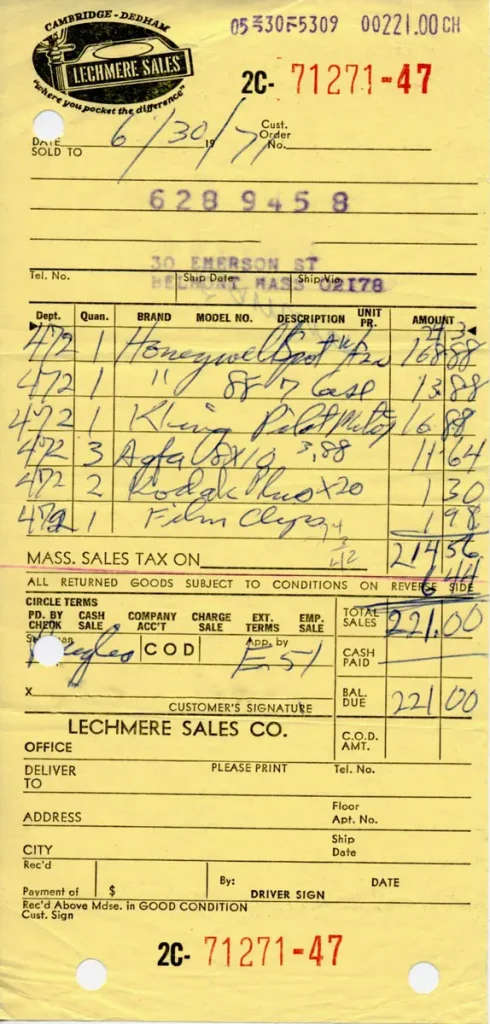
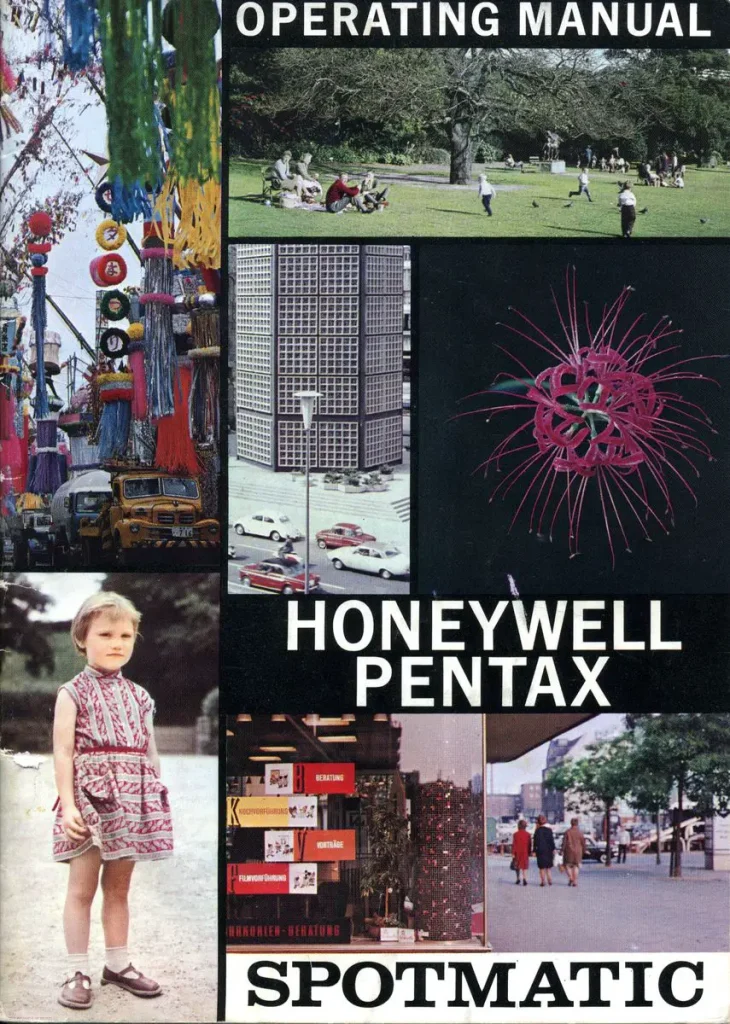
Spottie is a well-traveled lady and still is in nice shape. She received a thorough cleaning and refurbishment from Eric Hendrickson, a well-known Pentax repair expert in Tennessee. I even have the correct mercury batteries for the meter. The CDS meter is accurate but rather slow to respond, especially in low light. Because it measures a broad area, I point it downward to prevent underexposure by the light sky. As I usually use meterless cameras, I forget how convenient it is to have a camera with a built-in meter.
Spottie’s 55mm ƒ/1.8 Super-Takumar lens has thorium elements, which yellowed over time. But a few weeks under a UV light cleaned the yellow nicely. Optically, it is an amazingly good lens, an example of Japanese optical and mechanical excellence from the 1970s. Some users prefer the famous 50mm ƒ/1.4 Super-Takumar, but truly, both are superb lenses.
Back to the topic. Spottie needed exercise, so I loaded a roll of Kodak Ektar 100 and wandered about. Some of you long-term readers may remember that I like Kodak Ektar 25, but it has been discontinued for many years and I doubt that I will ever be able to find any more rolls.
Vicksburg
Vicksburg is a city on the Mississippi River in west central Mississippi. Long-term 35MMC readers may remember other Vicksburg photographs that I have posted here. The city is known as the site of the great siege during the American Civil War. Vicksburg now has an active railroad yard, port facilities, and tourist sites.
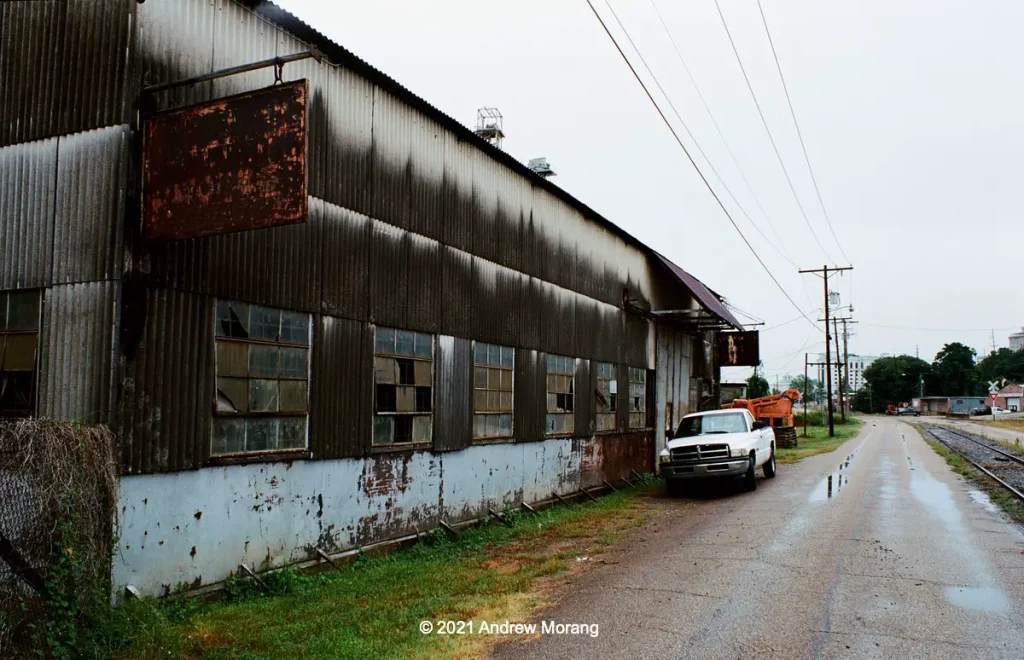
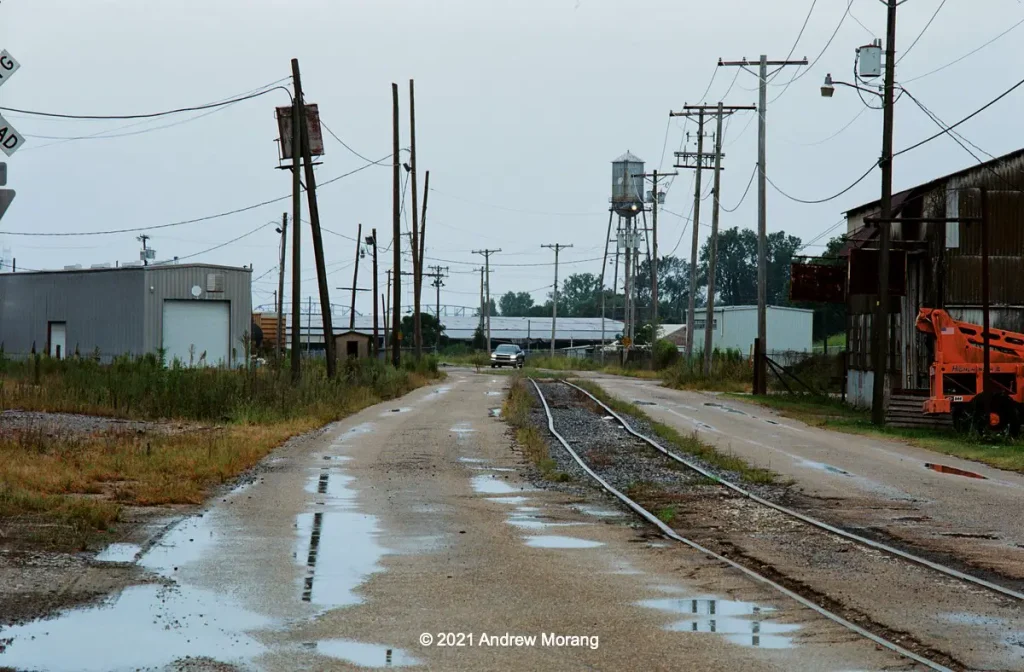
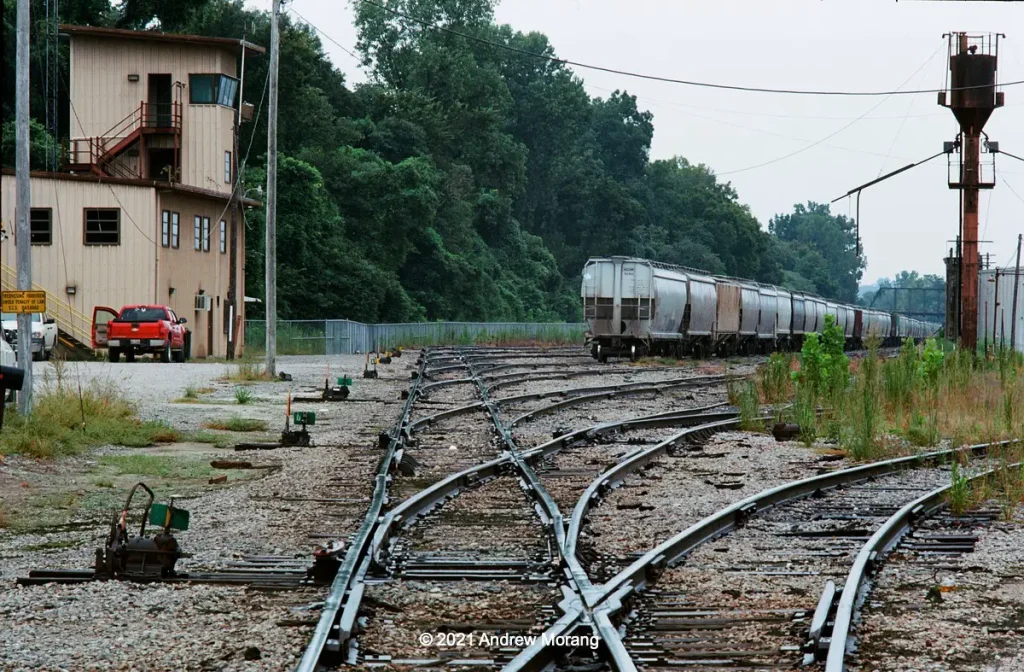
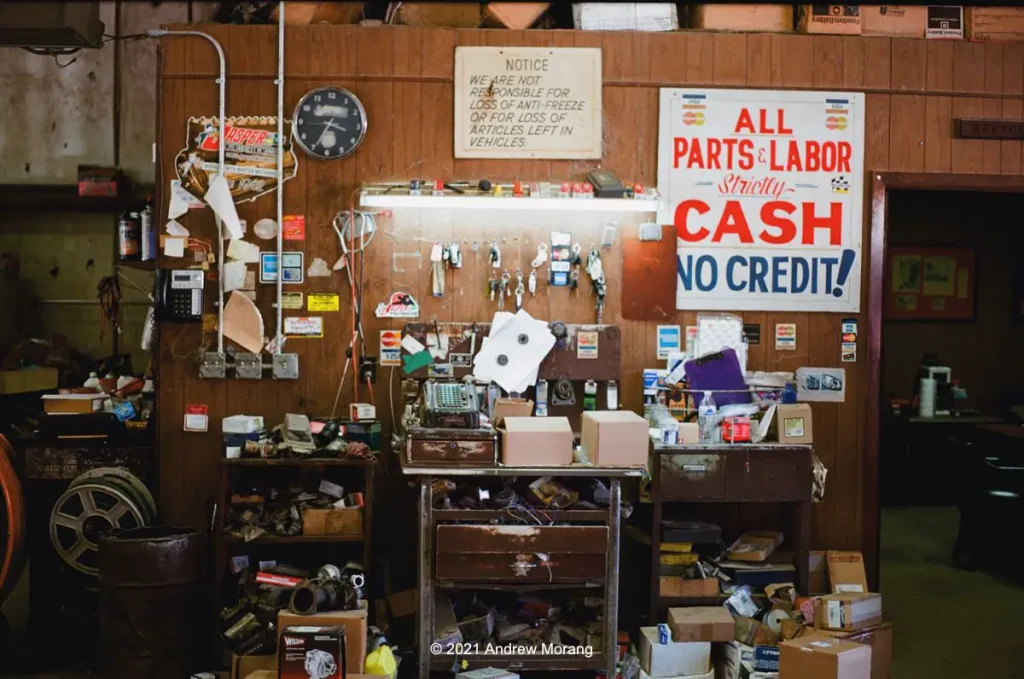
Raymond
Raymond is a nice little town southwest of Jackson, the state capitol. Raymond is best known as the home of Hinds Junior College. It is also known among locals for its Volkswagen repair (junk) yard. Unfortunately, the gentleman who formerly sold and repaired Beetles and other models has been ill and needs to dispose of the stock. His sister said I could have all the cars that very afternoon. Please, take them away! She graciously let me wander around the property and take pictures.
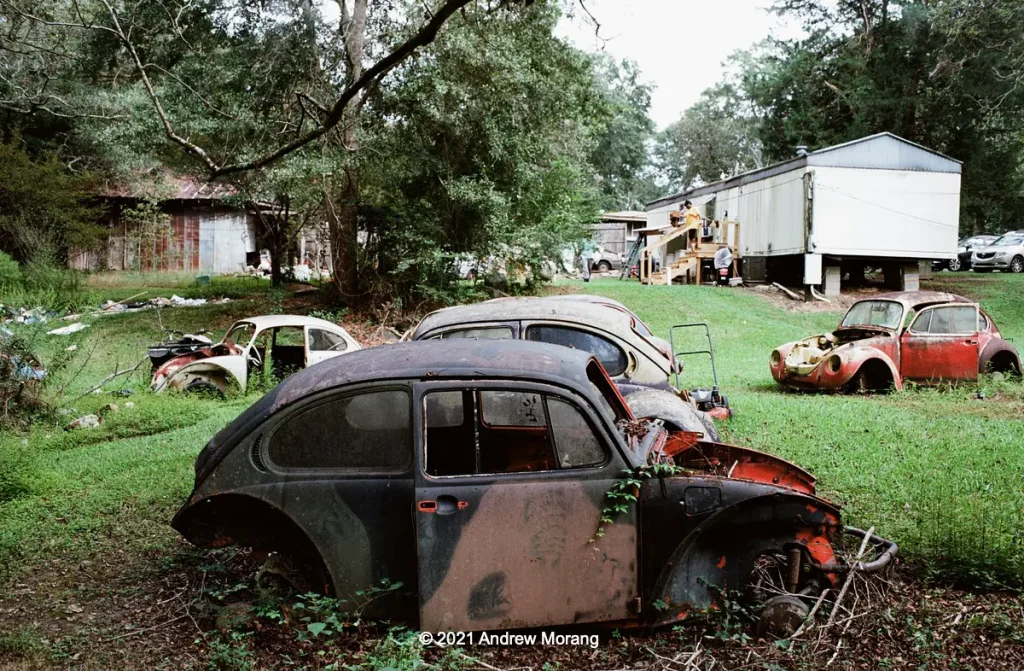
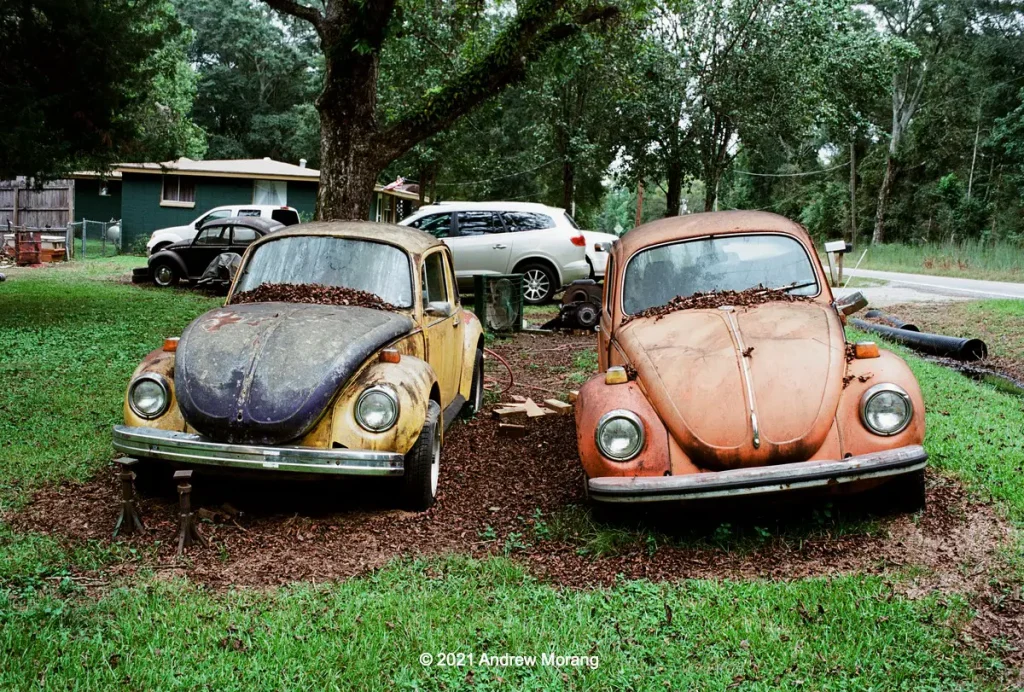
Port Gibson
Port Gibson is a small town near the Mississippi River in Claiborne County, nestled between Natchez and Vicksburg. Because of its elegant architecture, General Ulysses S. Grant spared the town during the Civil War because he said it was too pretty to burn. Today, Port Gibson is a sad mixture of fine antebellum houses and grim poverty.
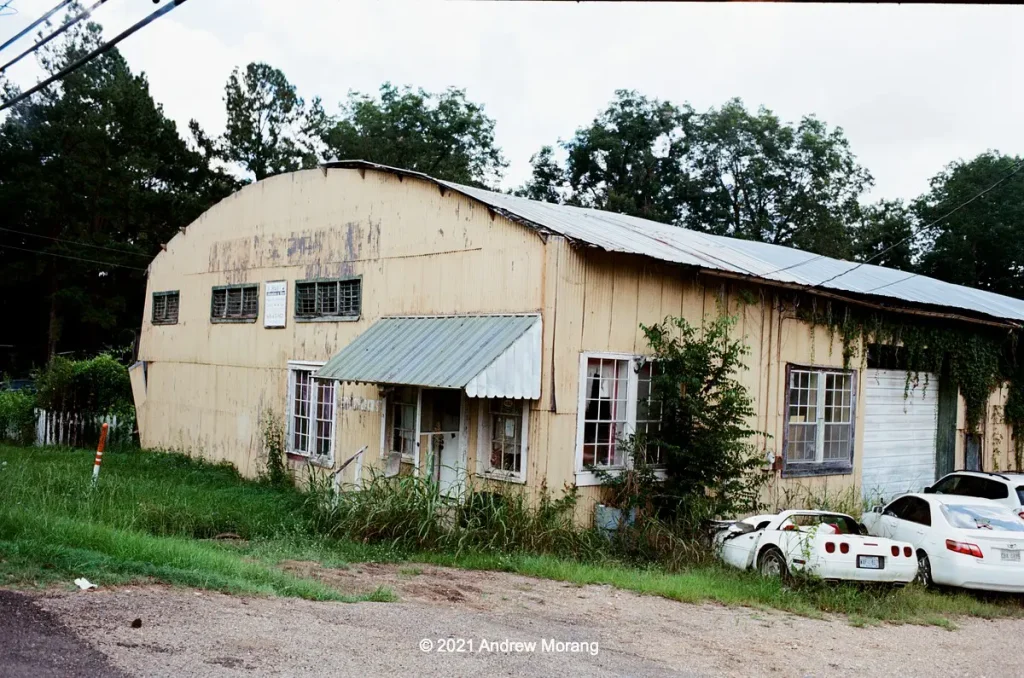
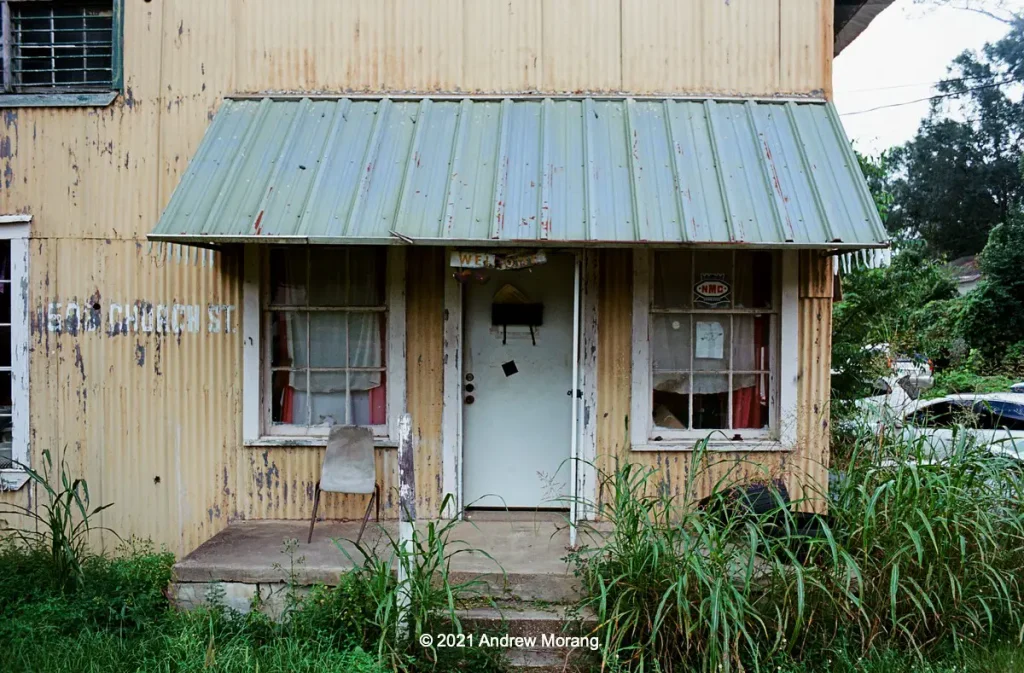
Fayette
Fayette is another town in west central Mississippi that is in rough condition. The strip consists of gasoline stations, payday loan shops, closed warehouses, and some fast-food restaurants.
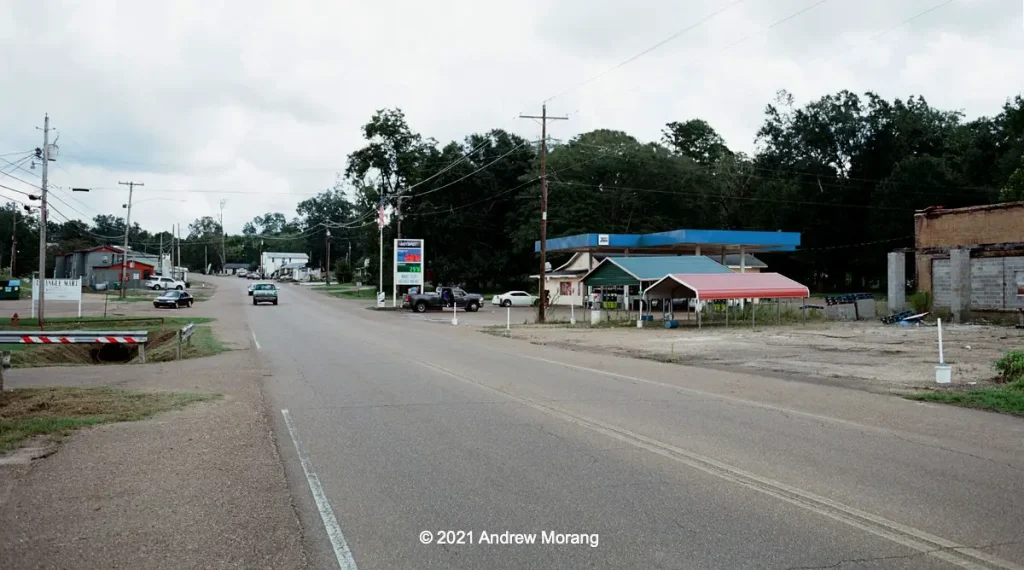
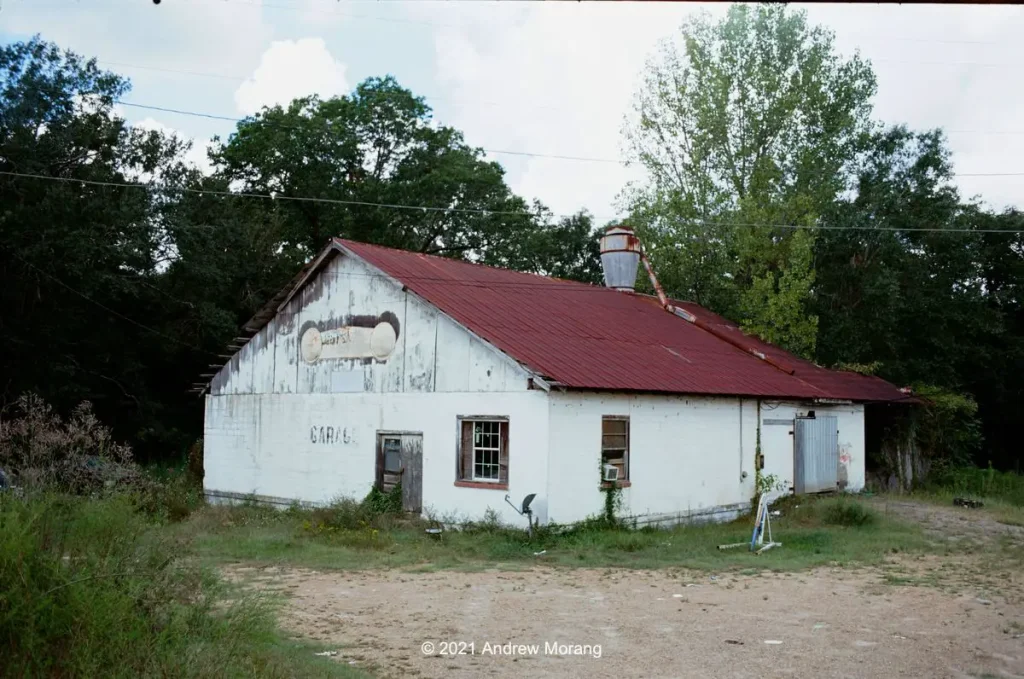
Natchez
Natchez is a famous river town with an outstanding architectural heritage of antebellum and Victorian era houses. The town survived the Civil War with most no war damage. Arlington Mansion (now in decay) is an example of the mansions. I need to explore Natchez in more detail. The two examples below are of more modest architecture.
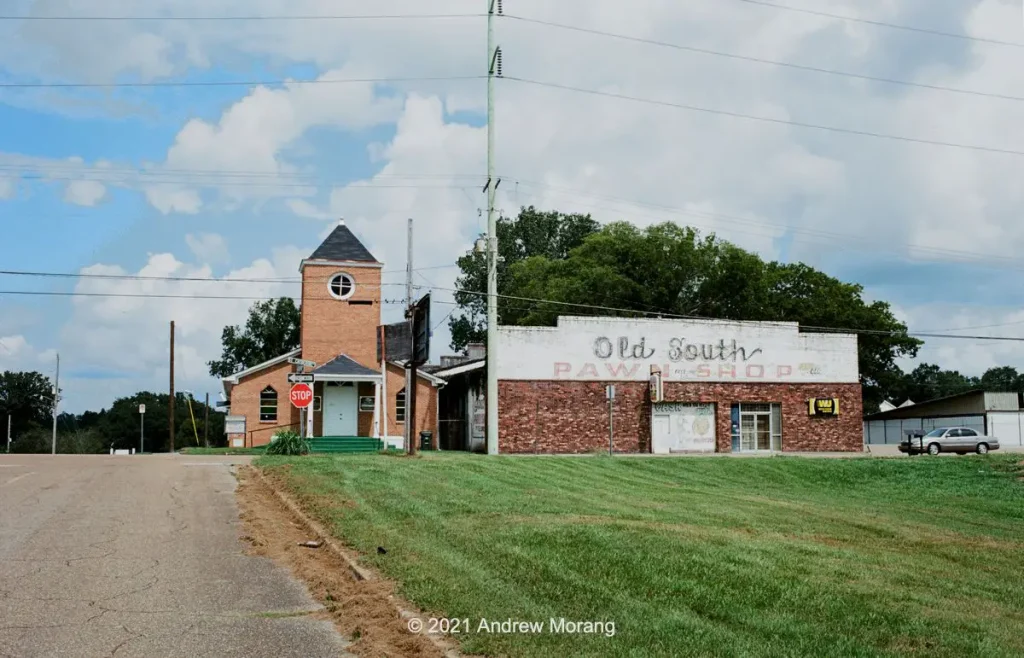
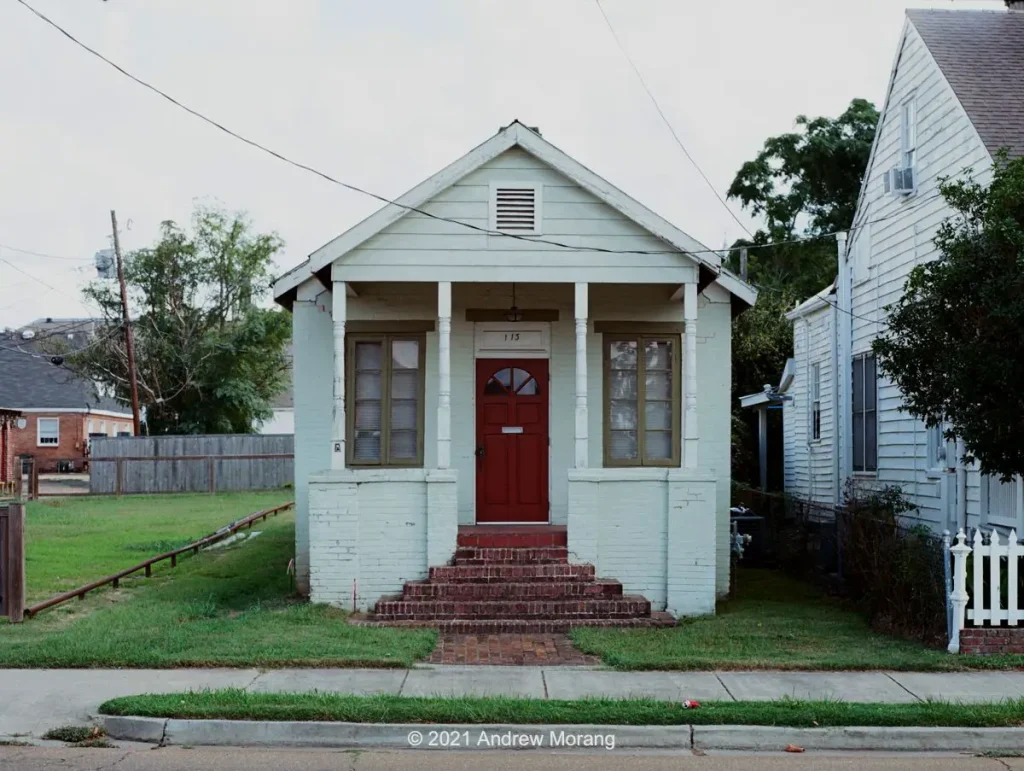
Conclusions
Spottie enjoyed her outing and performed quietly and precisely, as always. Her 28mm, 35mm, 55mm, and 135mm Takumar lenses were the best of their era and even today perform as well optically as most contemporary lenses. She has exposed hundreds of films over the decades, including Kodachrome, Panatomic-X, Tri-X, Plus-X, Ektar 25, and even Technical Pan. She has been quite the traveler, having been all over the USA, Iceland, the Soviet Union, Israel, Egypt, and Western Europe. I wish I had aged so gracefully.
For more pictures from Mississippi and other sites, please see my blog, WorldofDecay.blogspot.com. Thank you all for following along.
Share this post:
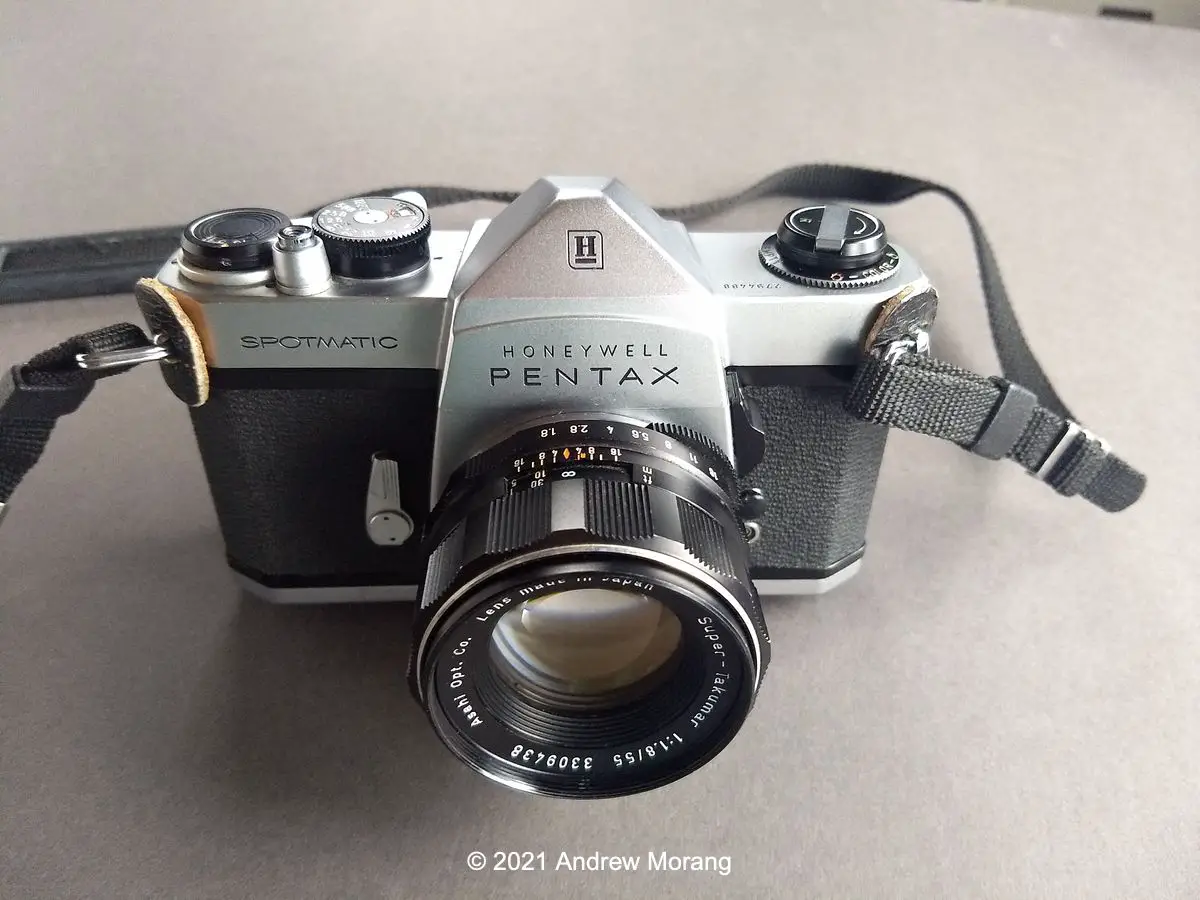








Comments
Terry B on “I am Lonely” said Spottie the Spotmatic – by Andrew Morang
Comment posted: 13/12/2021
Comment posted: 13/12/2021
thorsten on “I am Lonely” said Spottie the Spotmatic – by Andrew Morang
Comment posted: 13/12/2021
RJ on “I am Lonely” said Spottie the Spotmatic – by Andrew Morang
Comment posted: 13/12/2021
Comment posted: 13/12/2021
Comment posted: 13/12/2021
Comment posted: 13/12/2021
Comment posted: 13/12/2021
Kurt Ingham on “I am Lonely” said Spottie the Spotmatic – by Andrew Morang
Comment posted: 13/12/2021
Comment posted: 13/12/2021
Eric Rose on “I am Lonely” said Spottie the Spotmatic – by Andrew Morang
Comment posted: 13/12/2021
Castelli Daniel on “I am Lonely” said Spottie the Spotmatic – by Andrew Morang
Comment posted: 13/12/2021
I love the architecture you’ve captured. There is some truth to the observation that the American south is in genteel decay.
I no longer feel we’ll be able to stop the tide of hate and turn things around here in the US. We just lack the visionary leadership and the will to patch things up. I so hope I am a fool about this and we’re going to be ok.
Graham Line on “I am Lonely” said Spottie the Spotmatic – by Andrew Morang
Comment posted: 14/12/2021
Comment posted: 14/12/2021
Comment posted: 14/12/2021
Comment posted: 14/12/2021
Comment posted: 14/12/2021
Christian Schroeder on “I am Lonely” said Spottie the Spotmatic – by Andrew Morang
Comment posted: 16/12/2021
Comment posted: 16/12/2021
Peggy on “I am Lonely” said Spottie the Spotmatic – by Andrew Morang
Comment posted: 16/12/2021